The screech owl with issues, well, still has issues. She still steadfastly refuses to self-feed, which isn’t boding well for her future. Nothing piques her interest, and the only way I can get food in her is to force-feed, which isn’t pleasant for either of us—to say nothing of the added stress it causes her. I’ve held off making any final decisions until after her follow-up worming, which was last night, but I’m not hopeful, quite frankly. Sometimes, despite our best efforts, we have to make tough calls. This looks like it’s gonna be one of those tough calls.
Late Thursday night, a call came in about another screech owl, found in the road in a neighboring county. Because the weather was predicted to be really nasty Friday, we opted to meet Thursday night. Upon intake this little screech, a male, was feisty when handled but obviously concussed, and the misshapen left pupil was worrisome. It looked as if he might have a luxated lens which, if you’ll recall, is when the lens is actually ripped loose from its “mooring” within the eyeball. There were no other injuries, though.
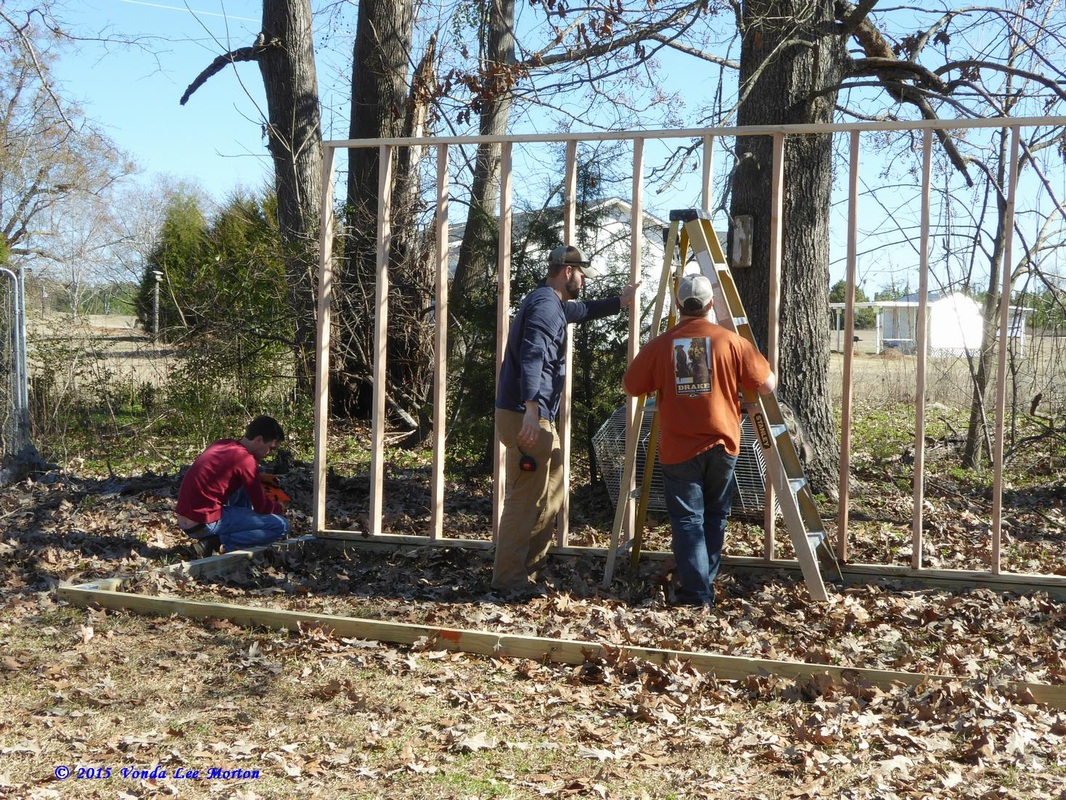
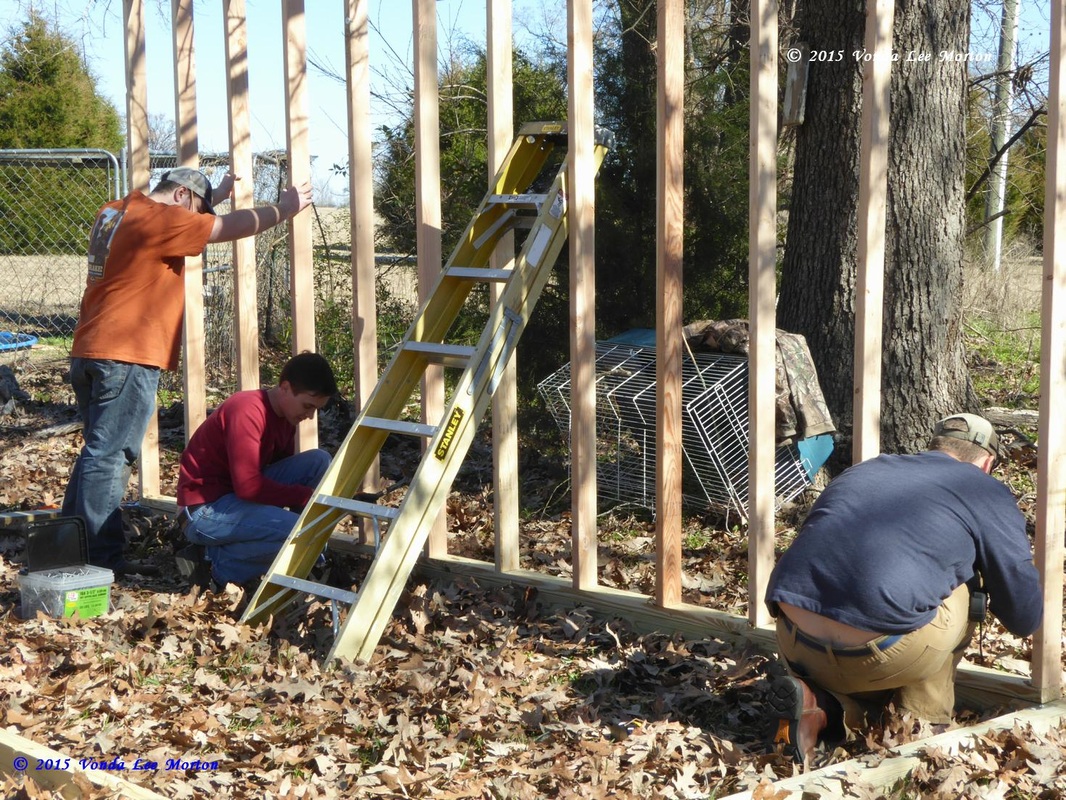
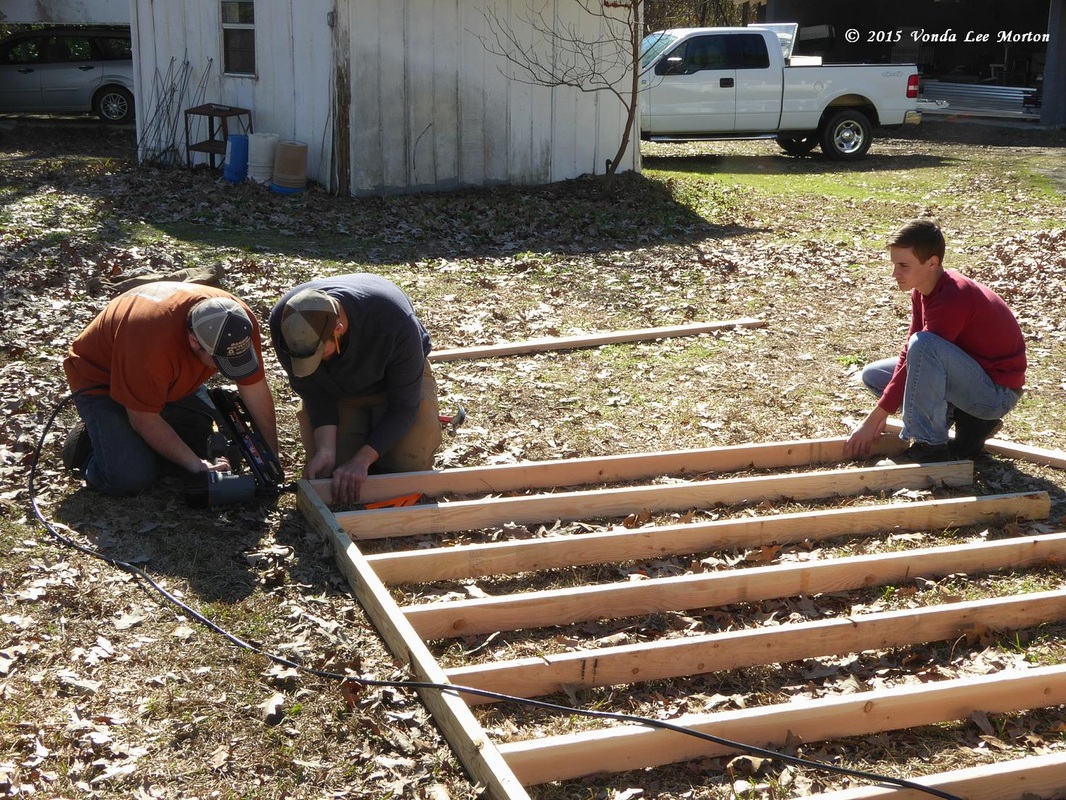
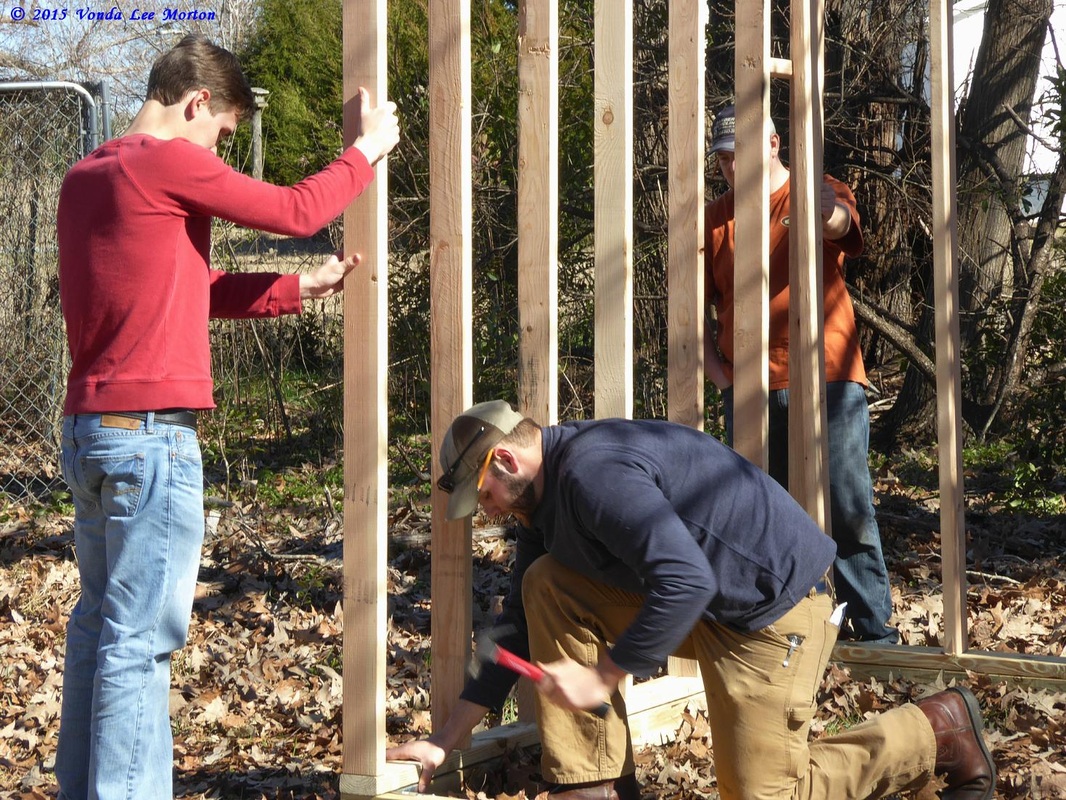
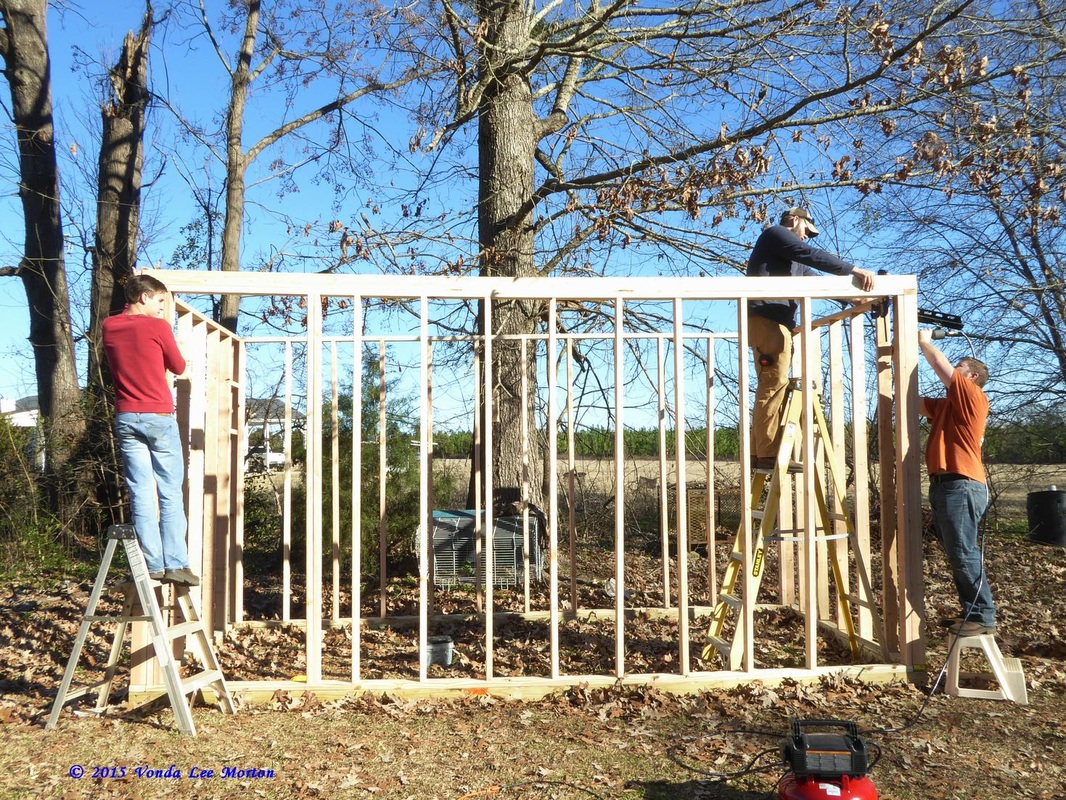

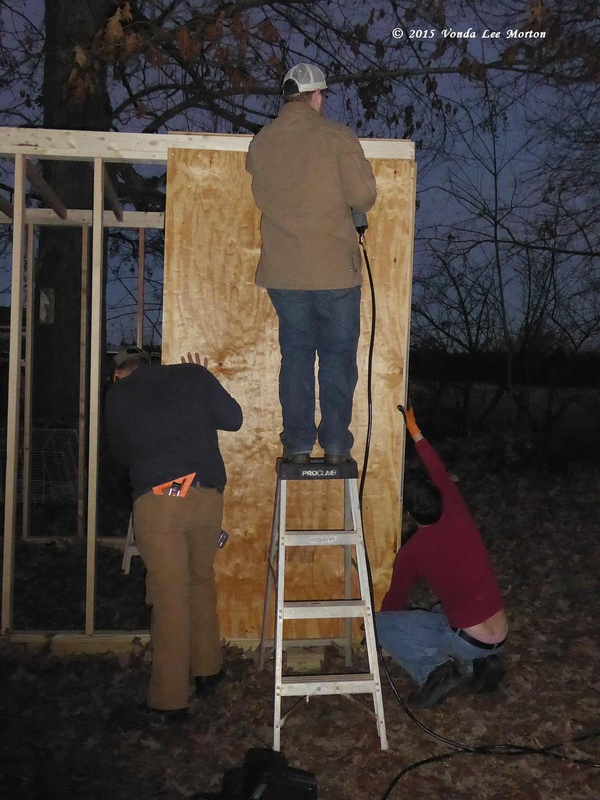
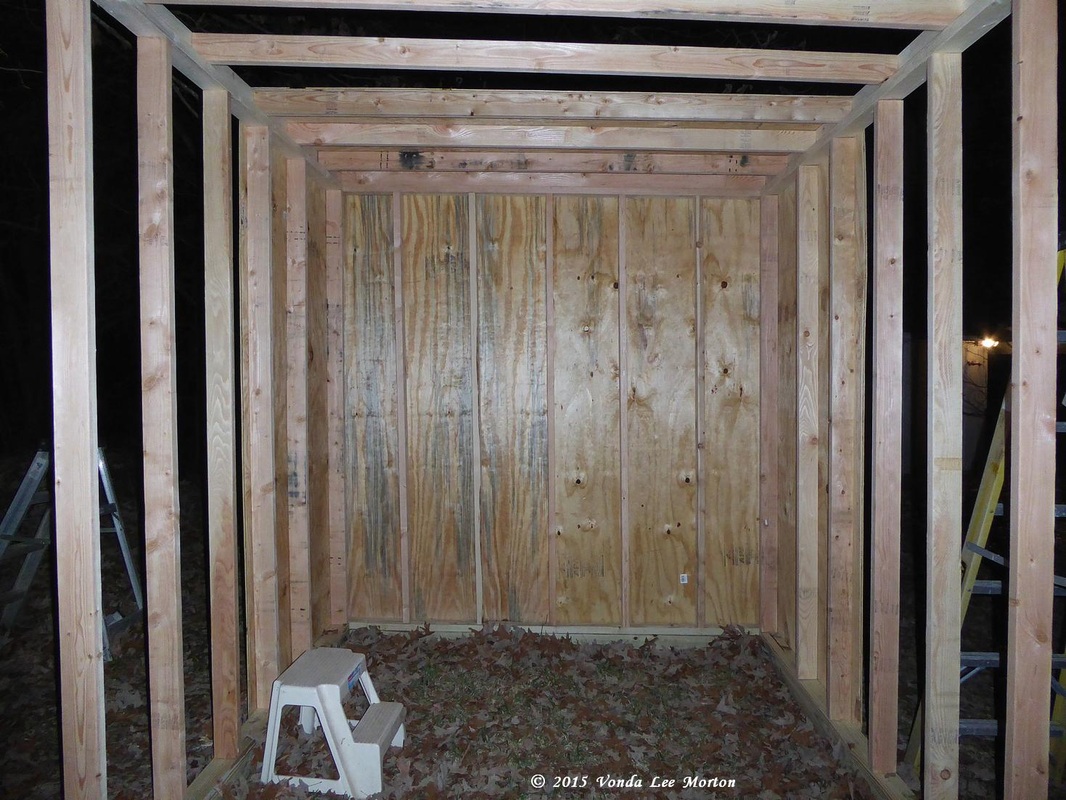
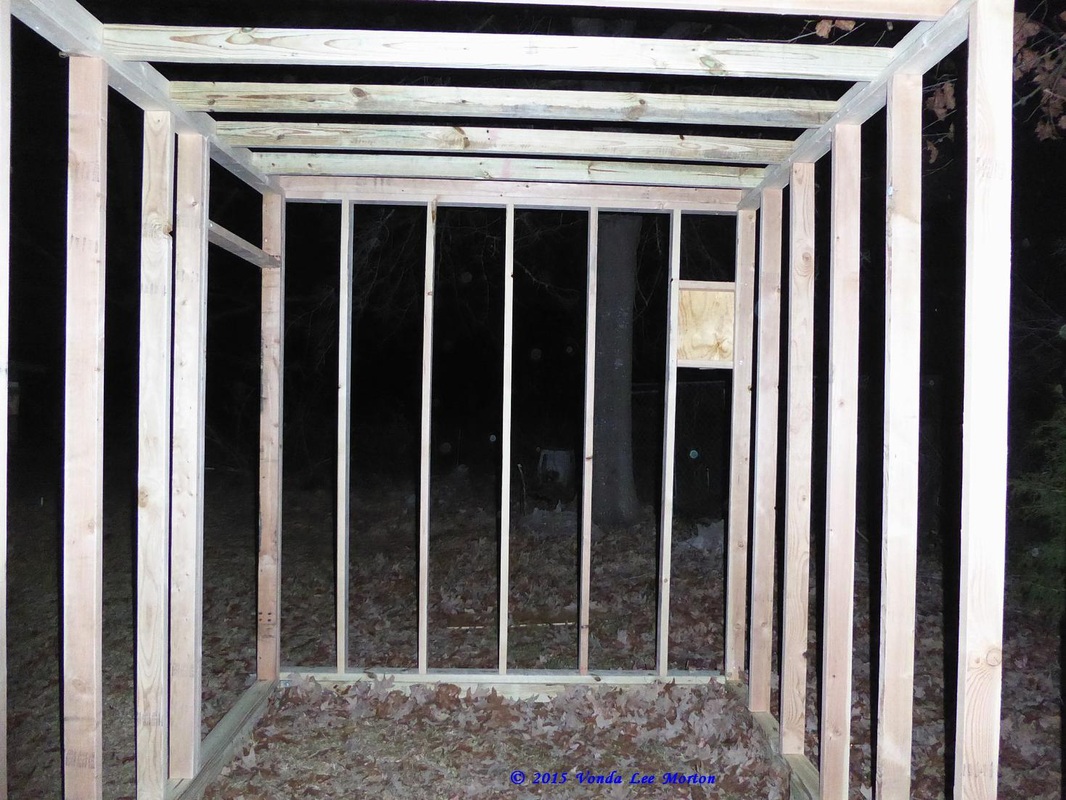
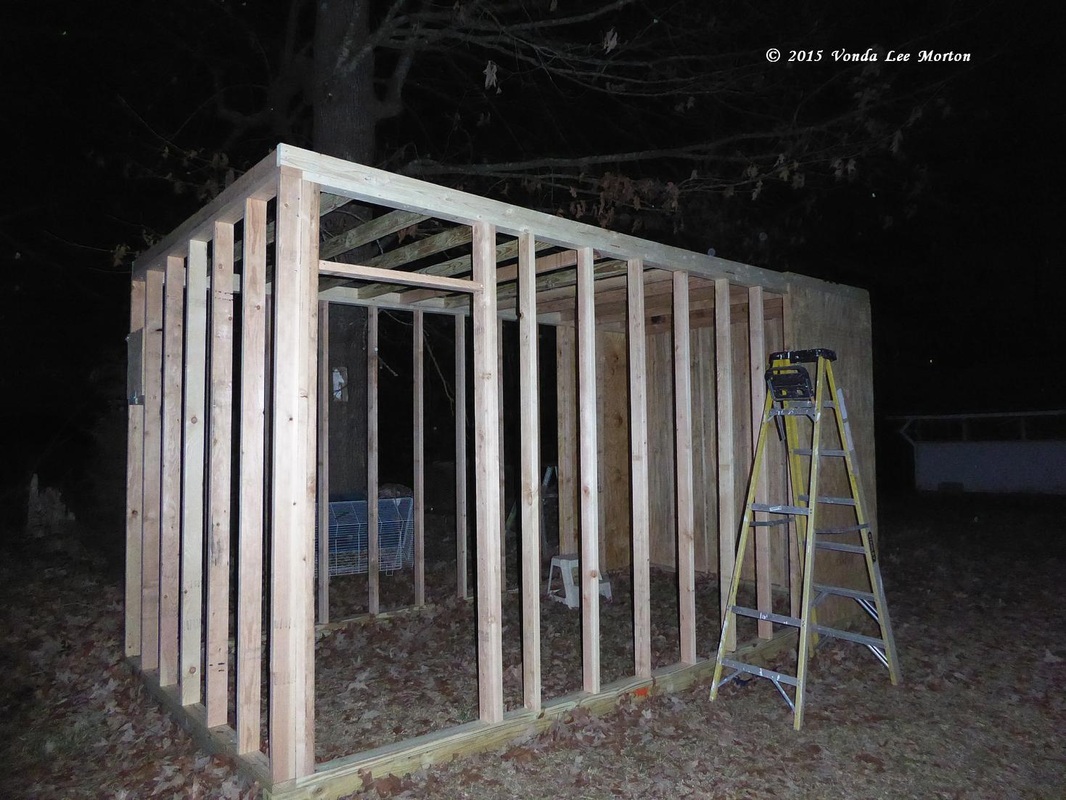
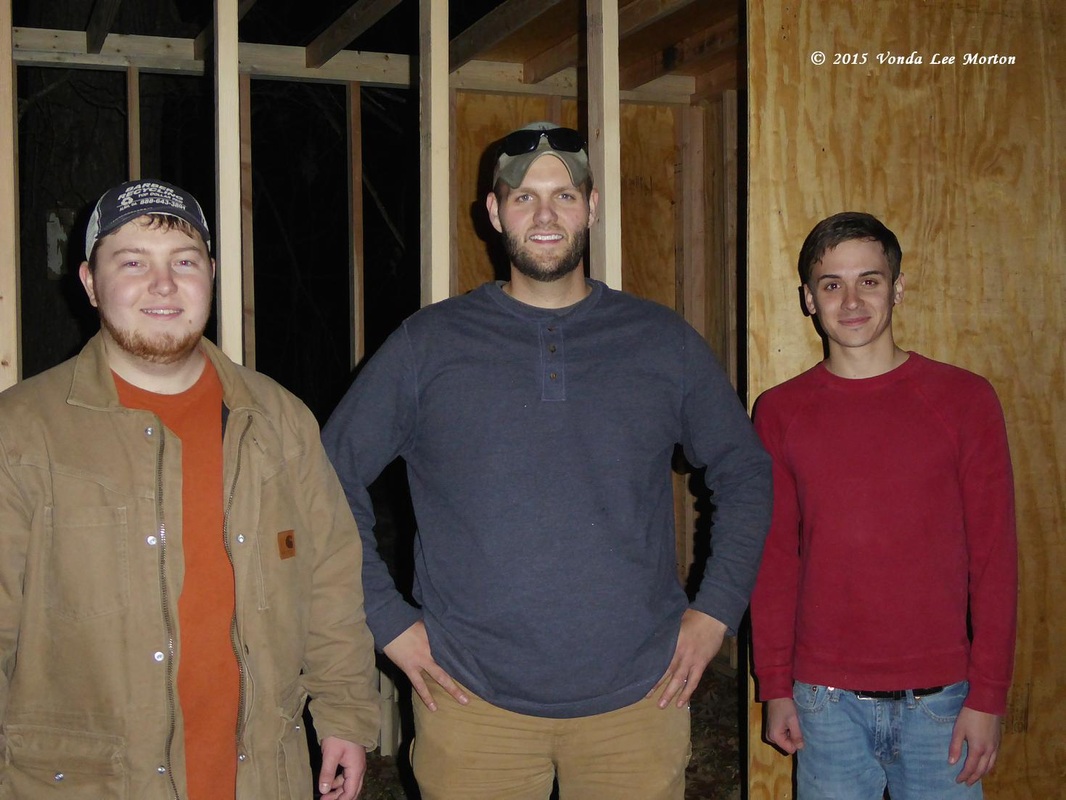
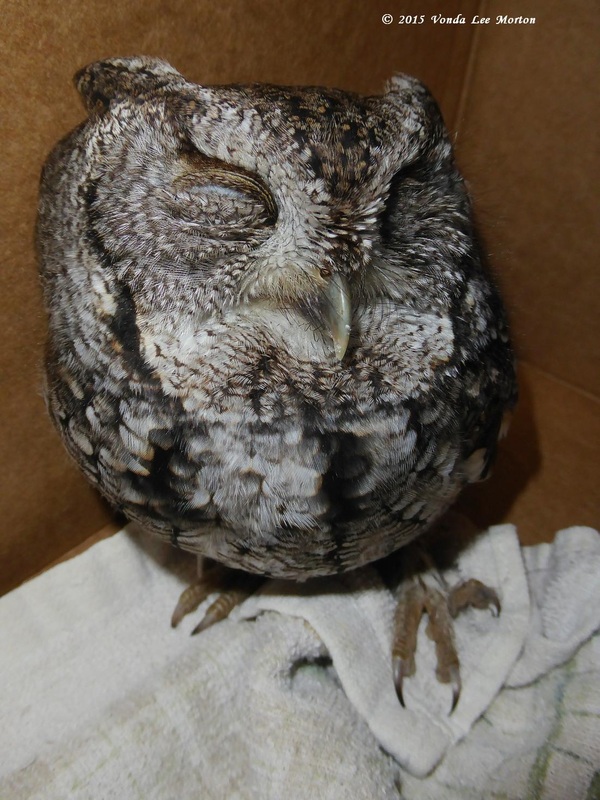
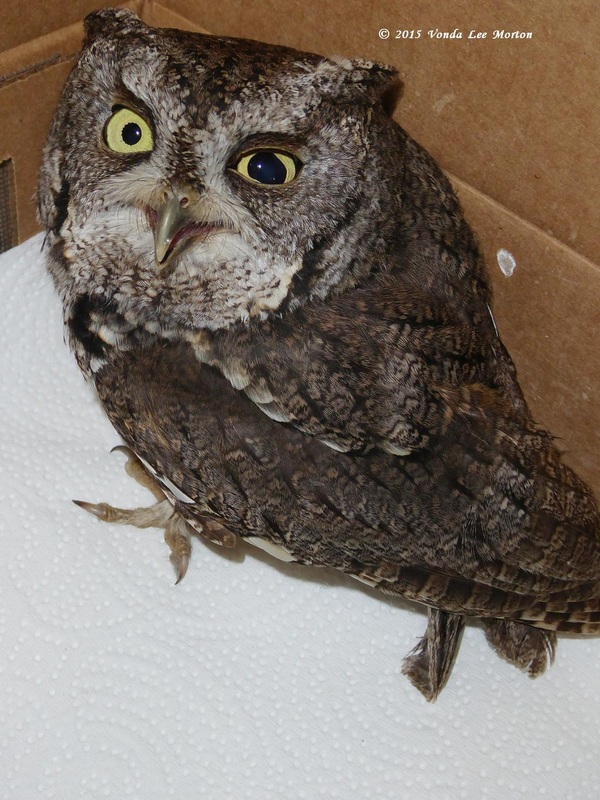
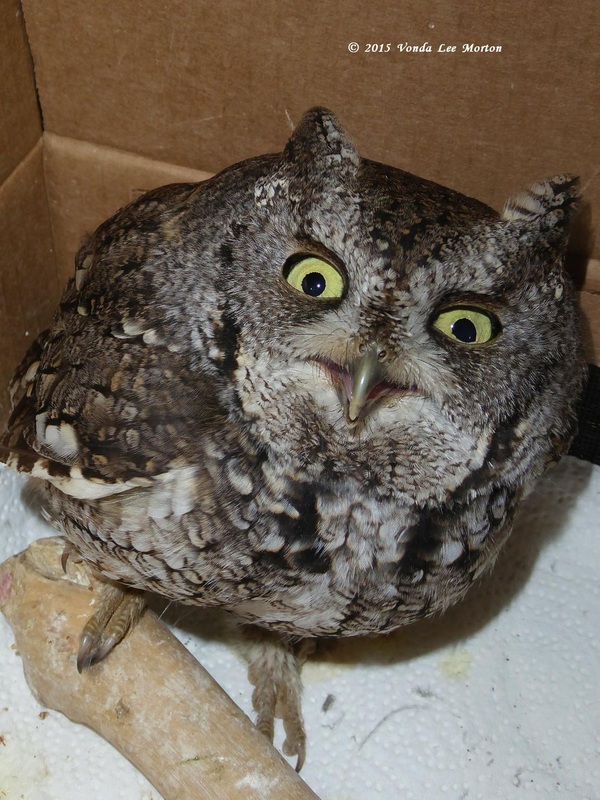
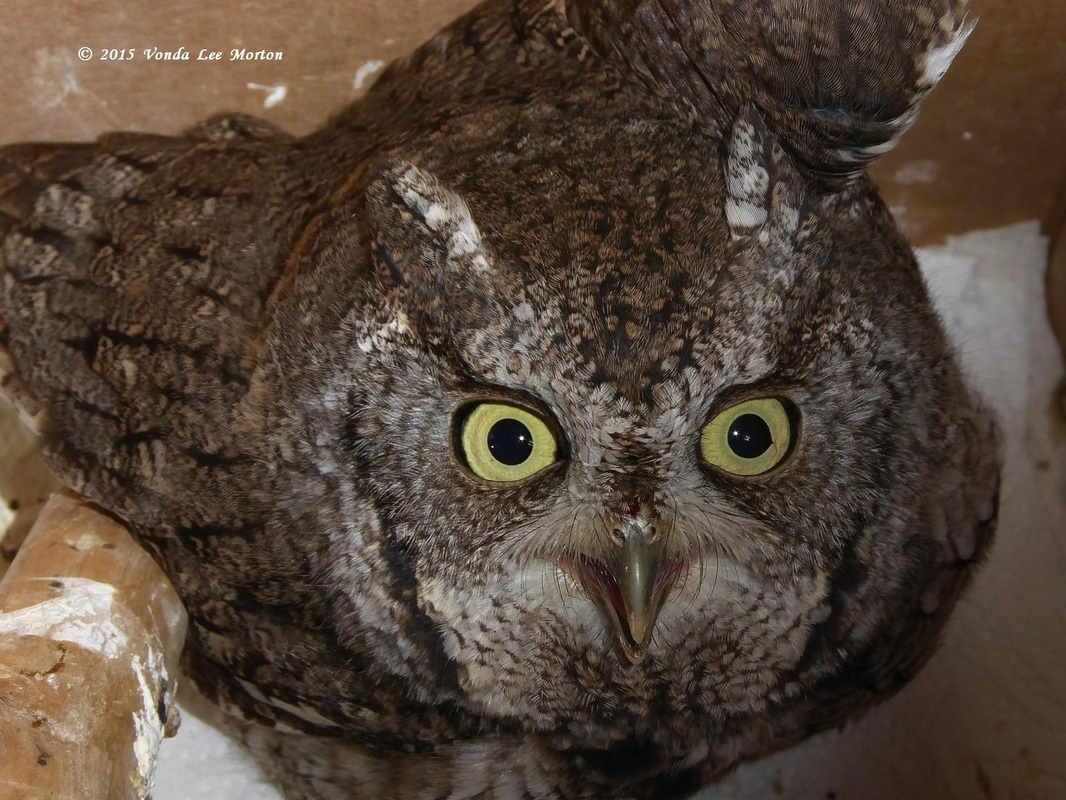
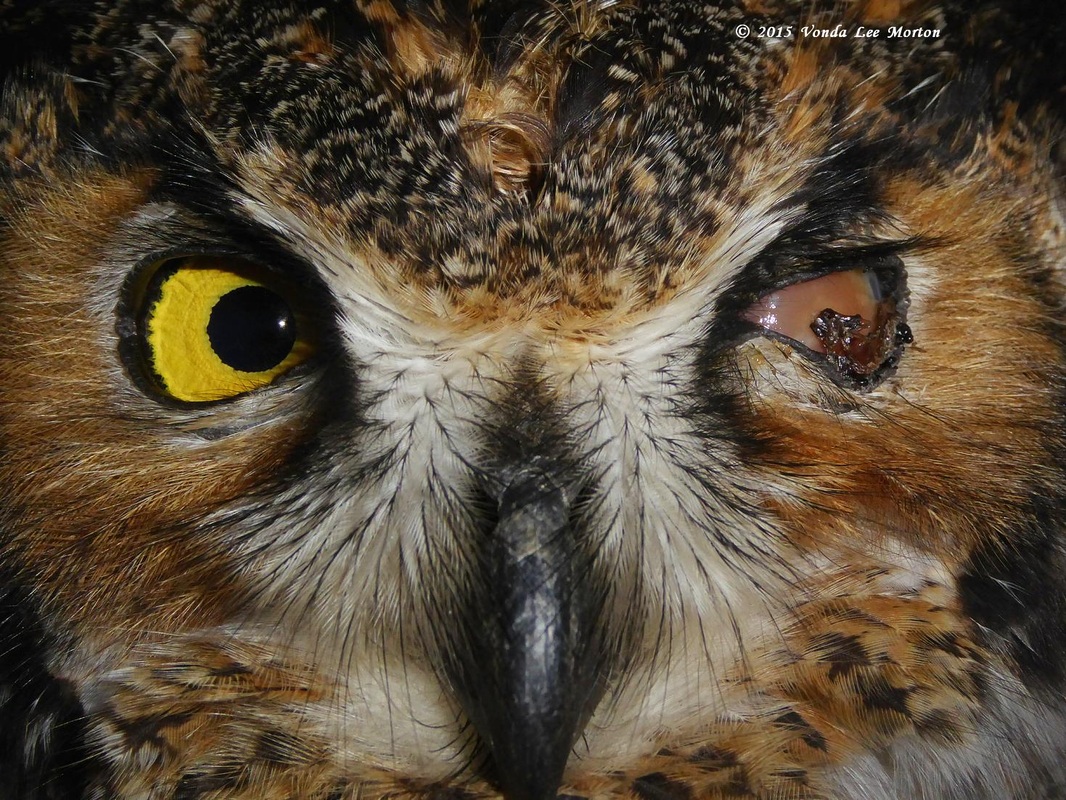
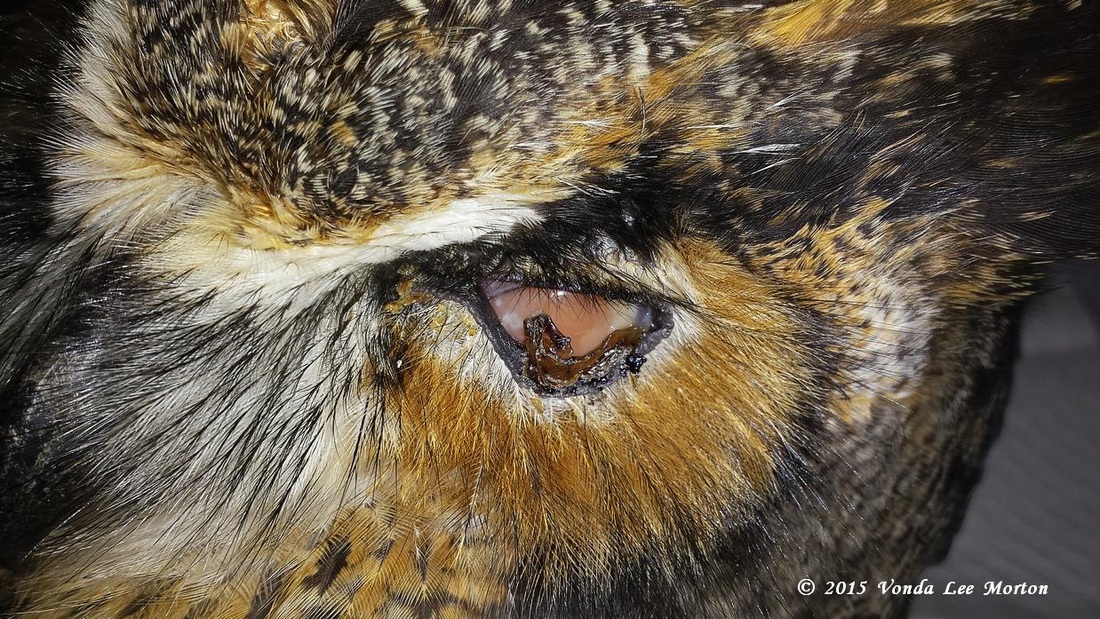
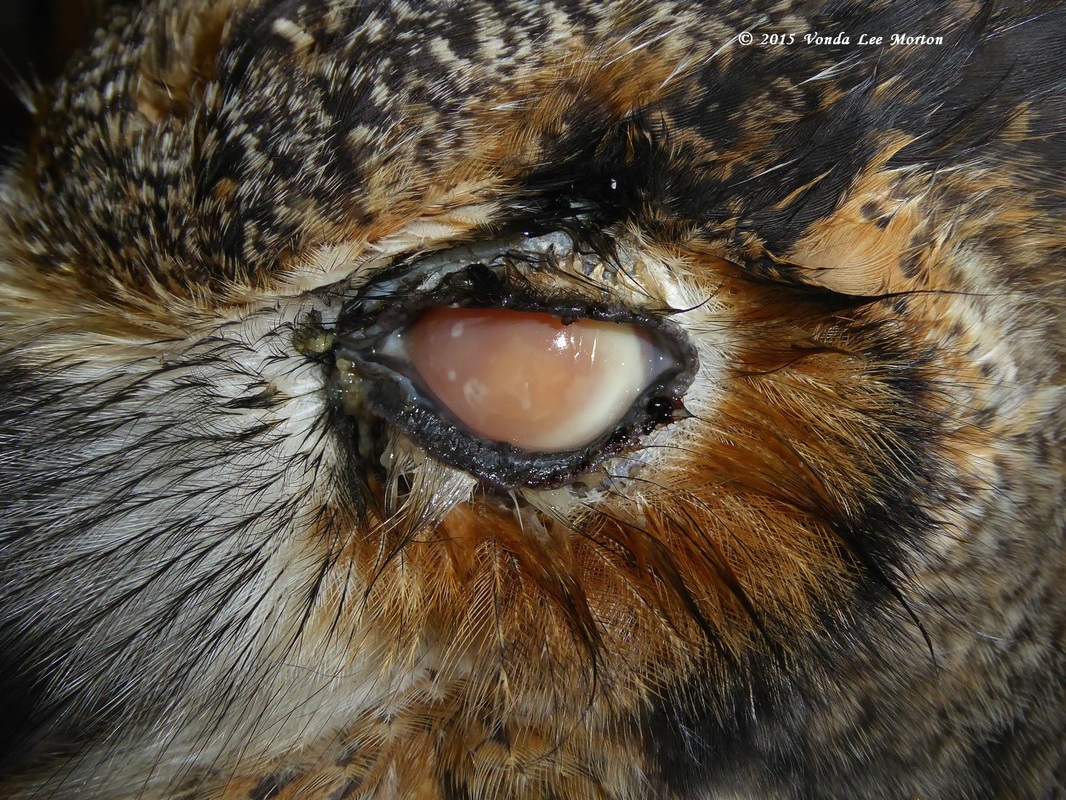
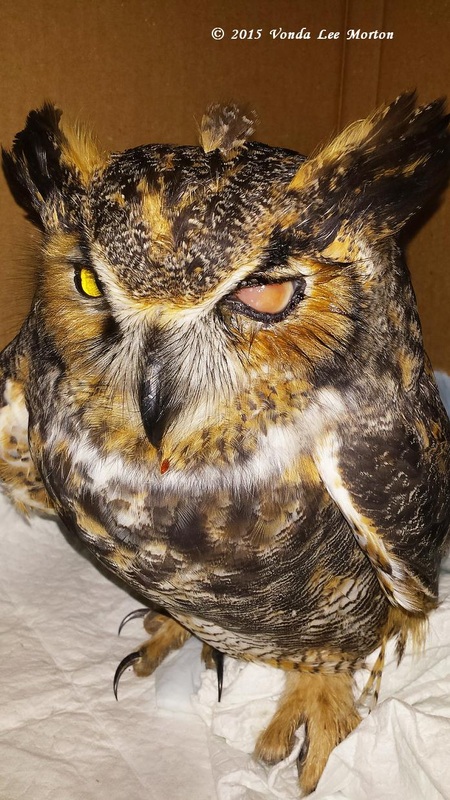
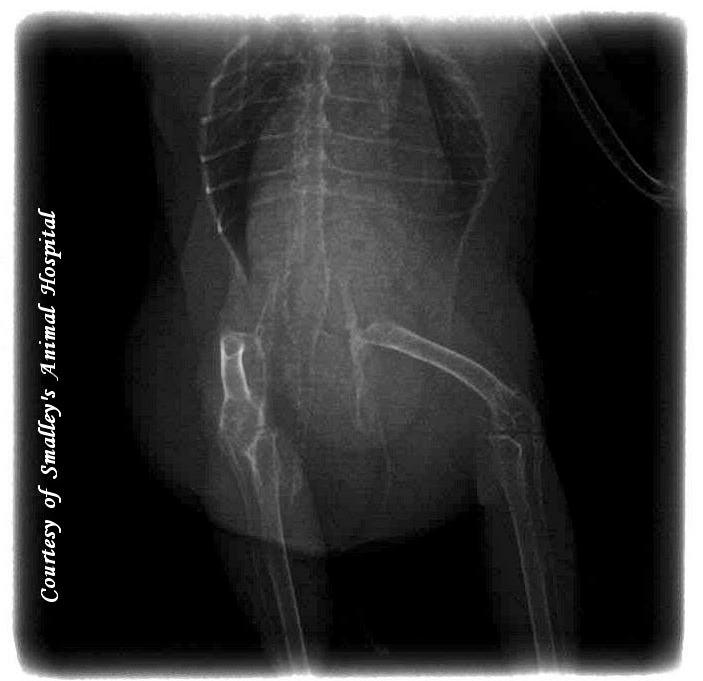
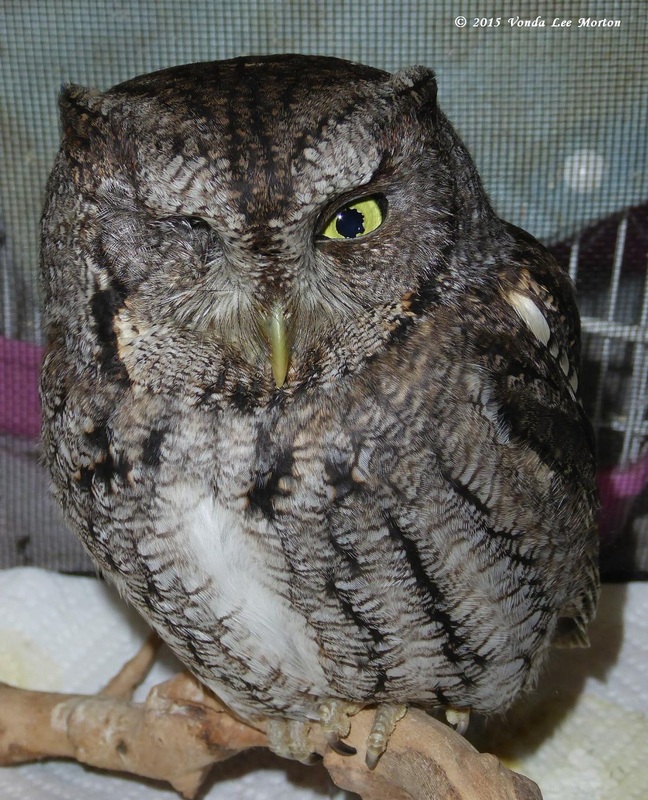
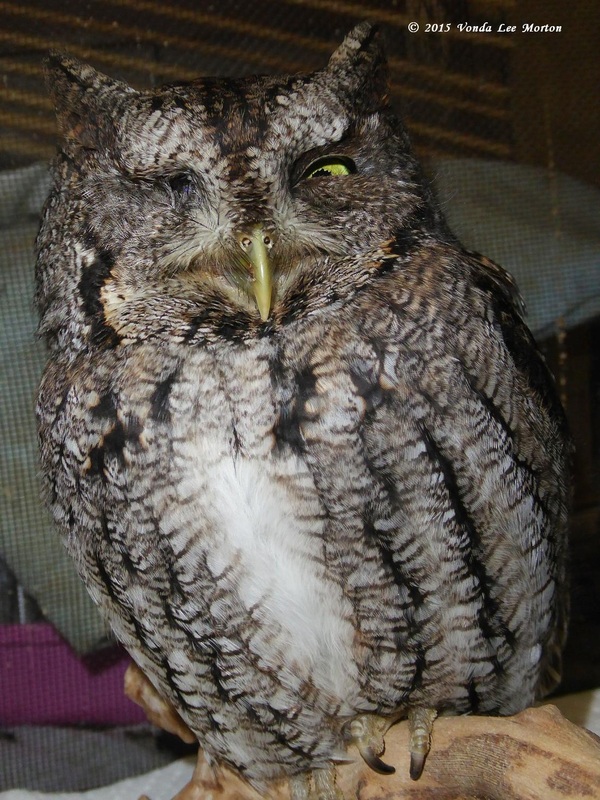
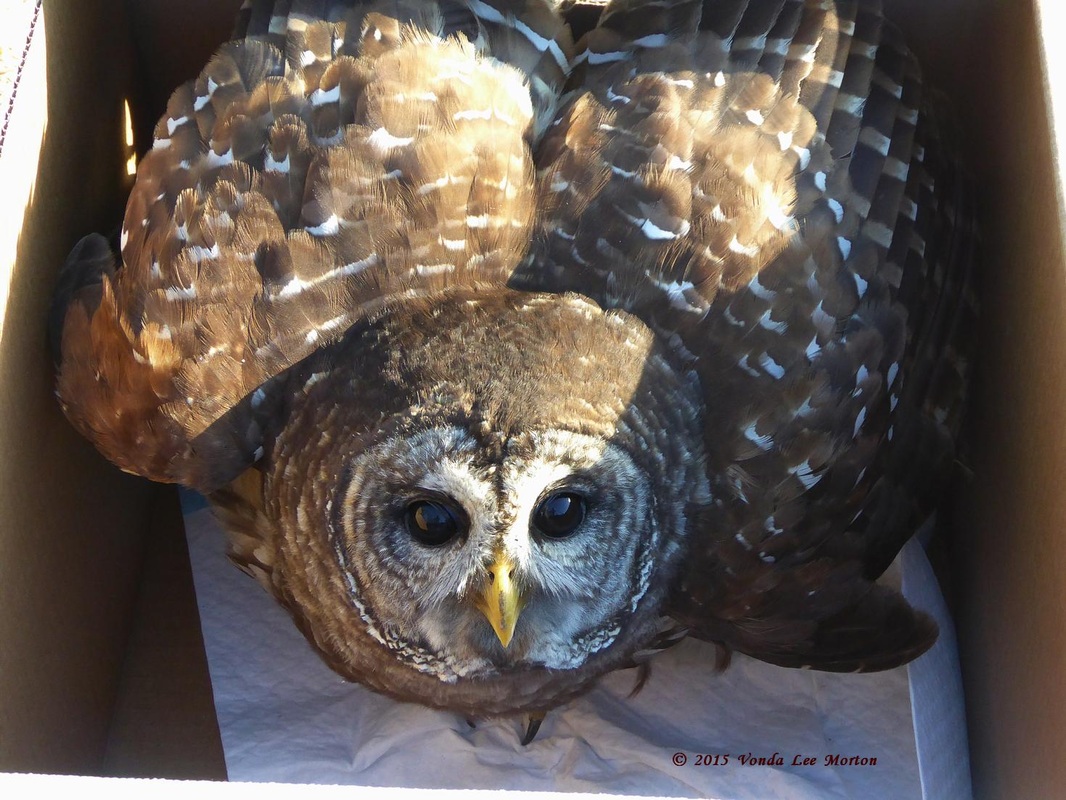
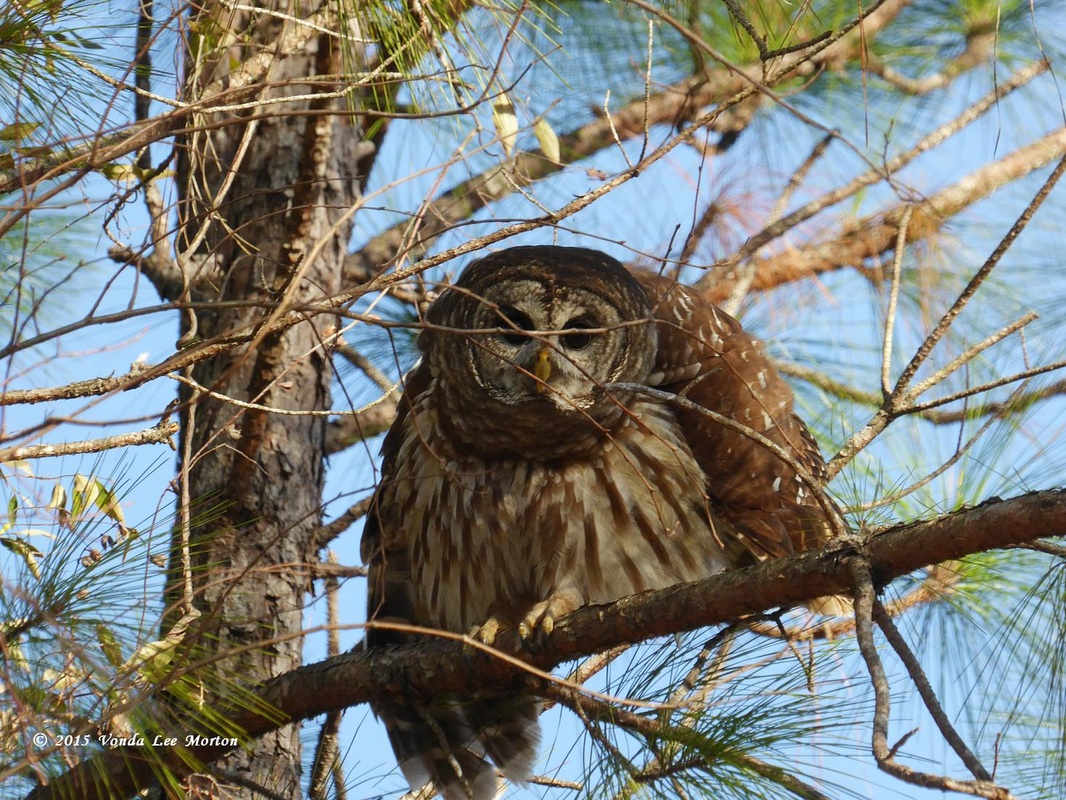
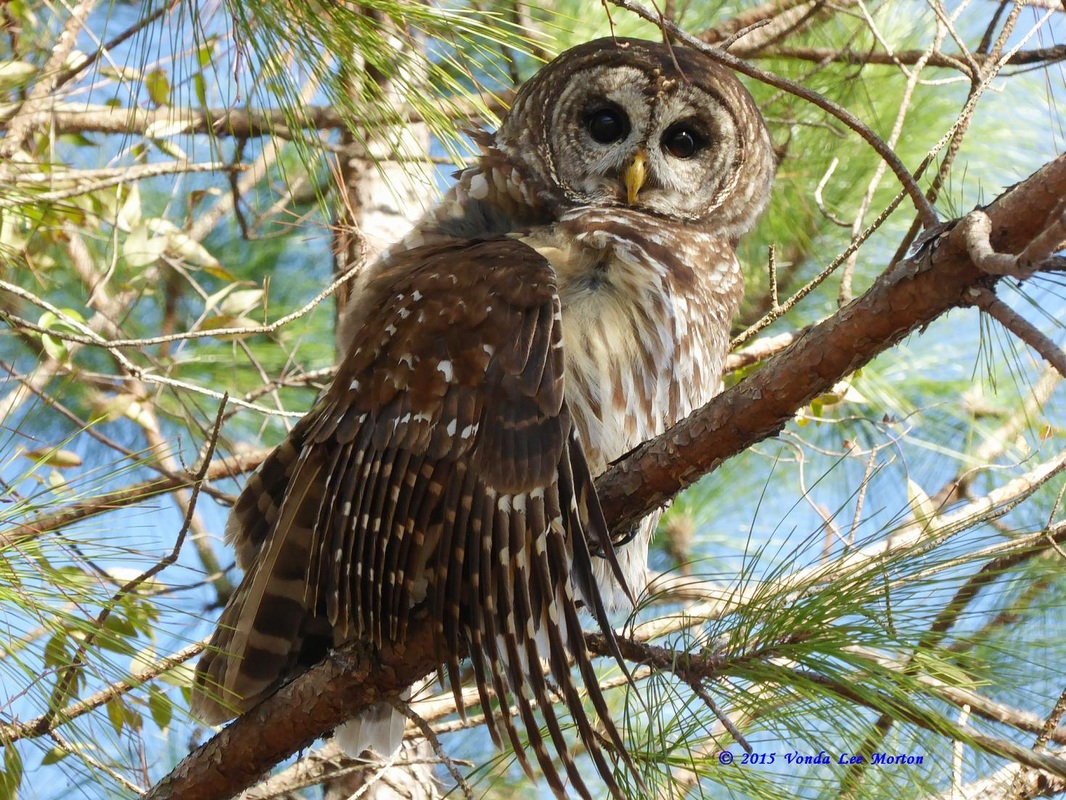
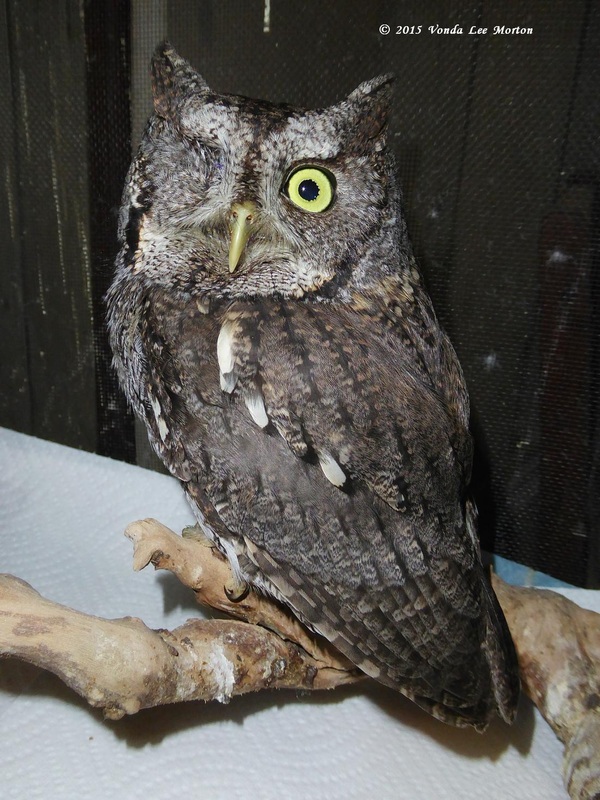
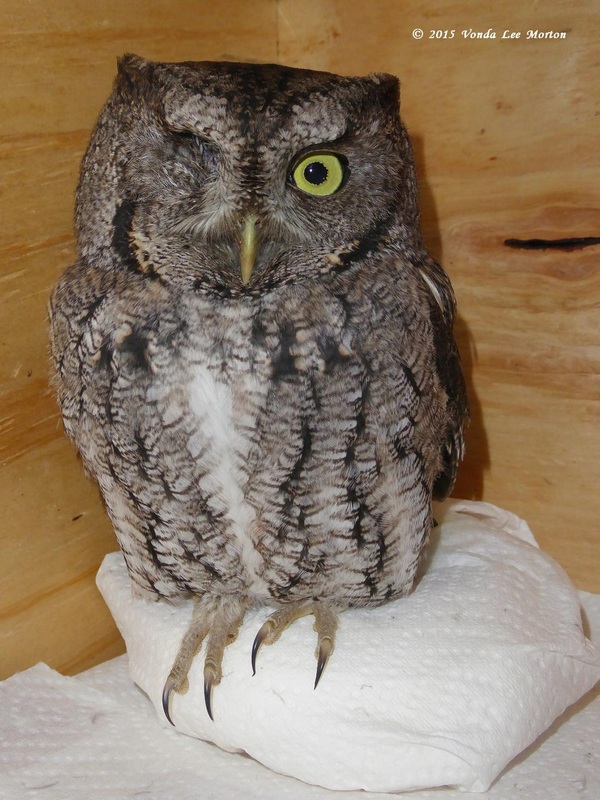
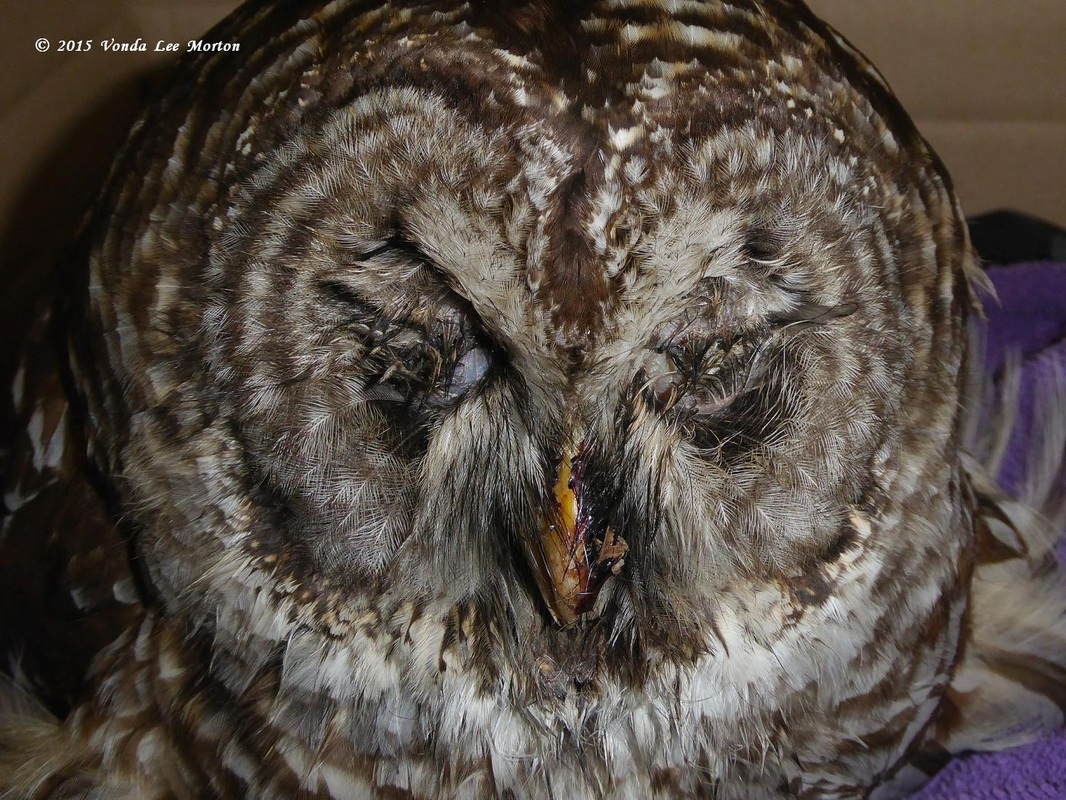
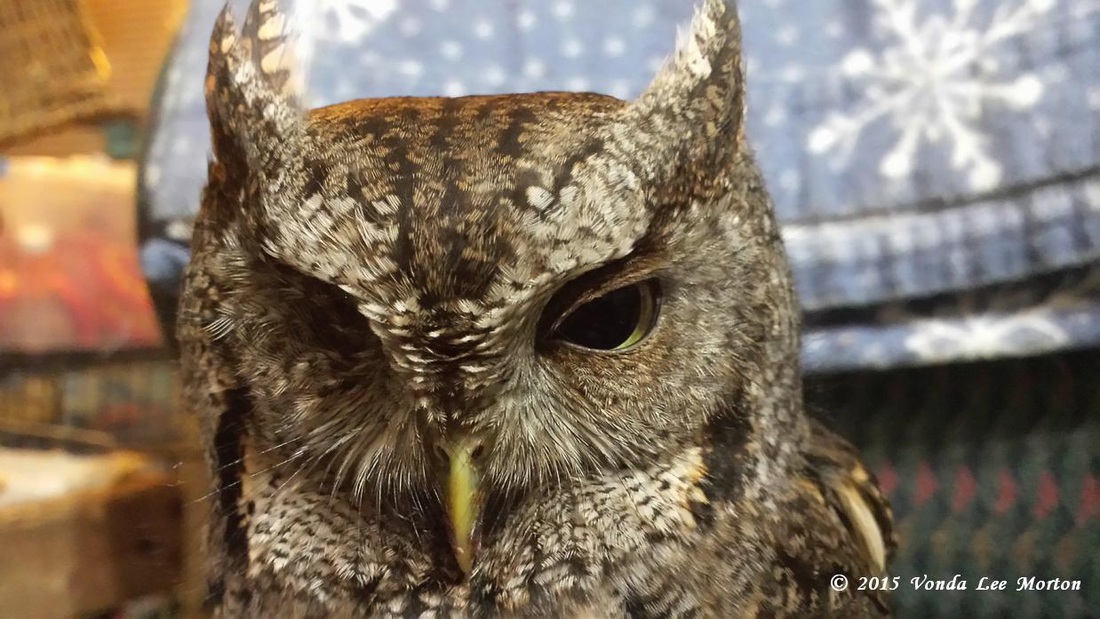
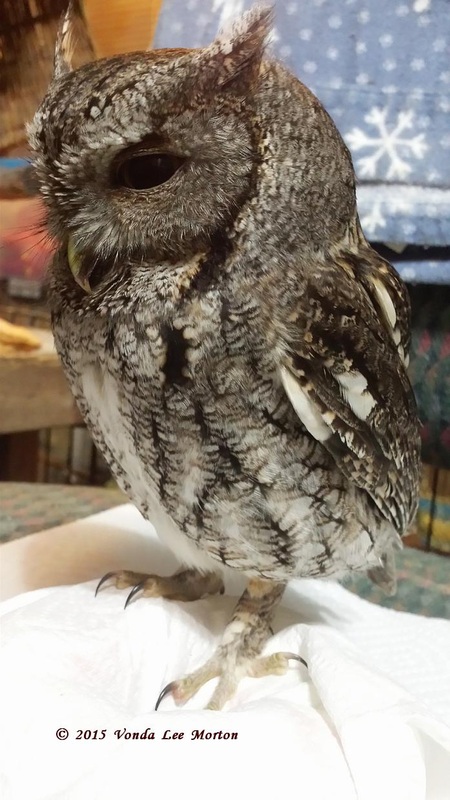
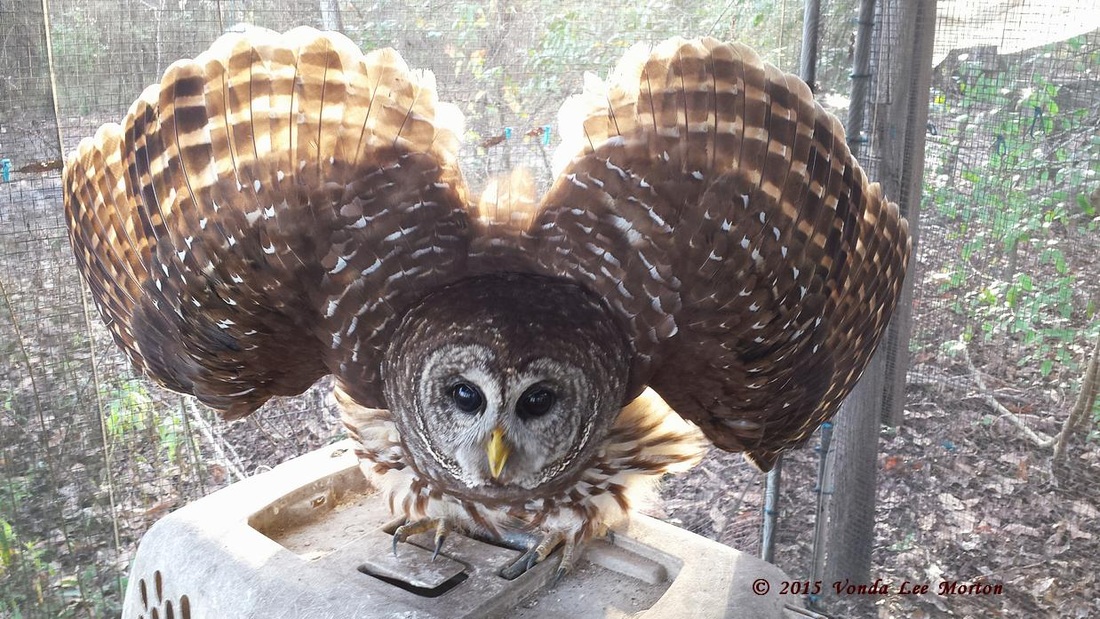
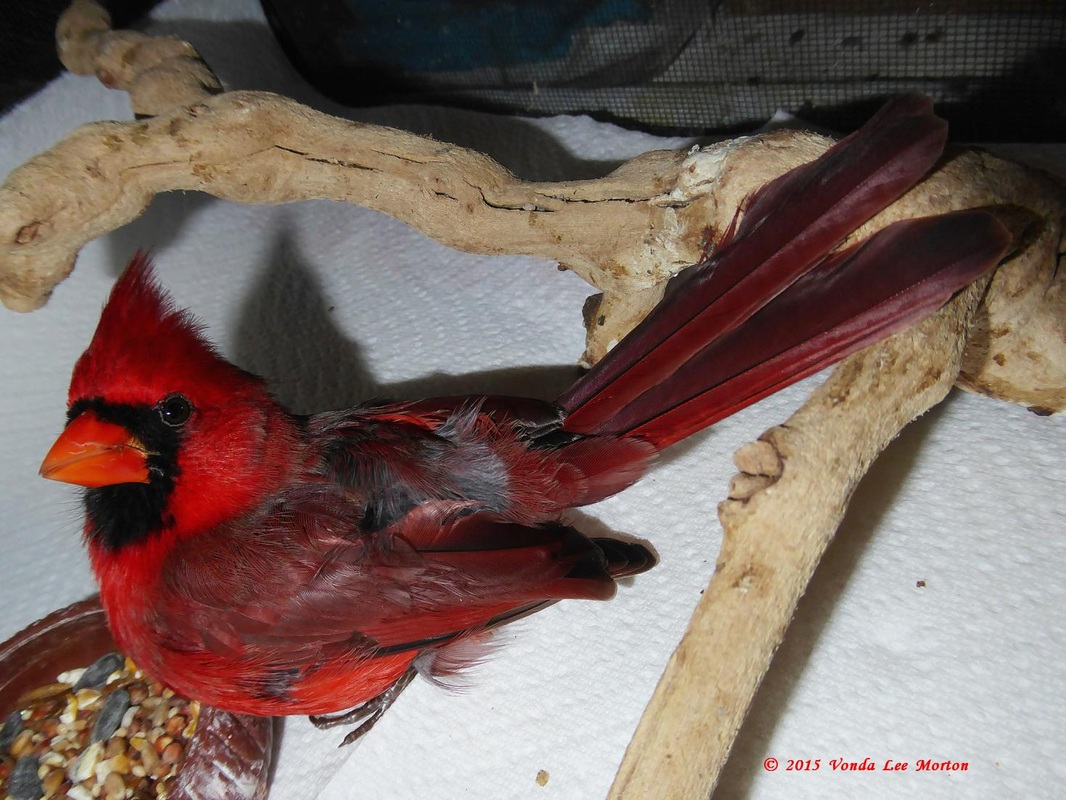
 RSS Feed
RSS Feed
